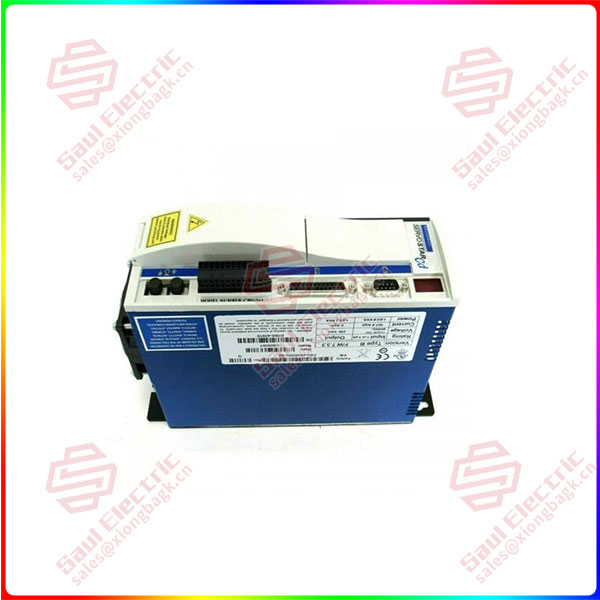In 1953, the Automatic Guided Vehicle (AGV), converted from a tractor-tractor, was born in a grocery warehouse and gradually used in various factories. After years of technological precipitation and innovation, the AGV on the market has developed rapidly in the fields of auto parts, e-commerce express delivery, third-party logistics, 3C electronics and so on.
In the era of “machine replacement”, the demand for AGVs is huge, and more and more AGV enterprises have begun to layout overseas markets, so the improvement of safety requirements has become more and more necessary. Properly designed autonomous guided industrial vehicles can interact with people more safely. However, if used or maintained improperly, AGVs can (and have) caused fatal injury or property damage. If people in or near these areas do not pay attention to potential risks, especially in hazardous and restricted areas, injuries can result.
The latest relevant standard is ISO 3691-4
The standard ISO 3691-4 for Autonomous Guided Vehicle systems and autonomous mobile robots, published in 2020, is a response to the rapid development of new technologies in the field of AGVs. Today, this standard can be regarded as the most important international standard for autonomous guided vehicles. In Europe, ISO 3691-4 is supplemented by the standard EN 1175:2020, which refers to specific electrical aspects of self-propelled industrial trucks, including automated guided vehicle systems.
In addition to the international publication of ISO 3691-4, the United States also updated the relevant standards in 2019 and 2020: ANSI/ITSF B56.5:2019 (Automated Guided Vehicle Systems) and ANSI/RIA R15.08-1:2020 (Autonomous Mobile robots).

CB06561 PRD-B040SSLZ-62
1A safe path to AGV
Automation’s safety specialist Piermagnetic can provide advice and support for the safety applications of AGVs, starting with the development of safety concepts during the design phase and continuing through commissioning, including training. Enabling the user’s AGV application to meet the requirements of the standard ISO 3691-4 also ensures productivity in operation.
2
When developing safety concepts, Pilmagneto begins work at the design stage, including a review of AGV manufacturers’ risk assessments and detailed validation of critical safety features. In this way, security aspects can be considered at an early stage. Checking the security of AGVs at an early stage in the procurement process can help save unnecessary costs and time.
Risk assessment of the entire application at the site where the operation is running is critical. All AGVs in use will be checked as part of this process. The next step is to validate the entire application. The required protected areas or areas are also defined here, and the security of the mobile system takes into account the whole environment.
Pilmagnetic provides support for all the measures required on site, accompanies operators on request for international conformity assessments (e.g. CE marking) and assumes responsibility for the safe implementation of AGV applications.
After commissioning and even before commissioning, the normal condition and safety function of the AGV must be checked regularly. For the sake of sustainable knowledge building, Pielmagnetic will also continue to provide users with training on the safe operation of AGV applications.
 1 Year Warranty
1 Year Warranty





